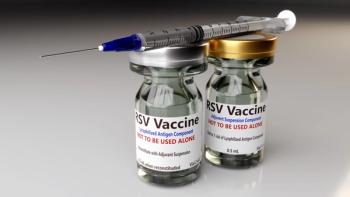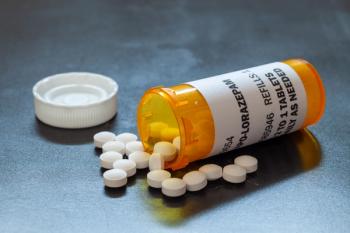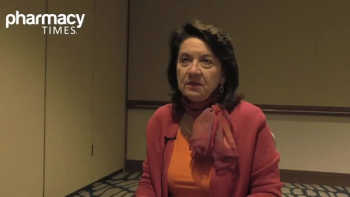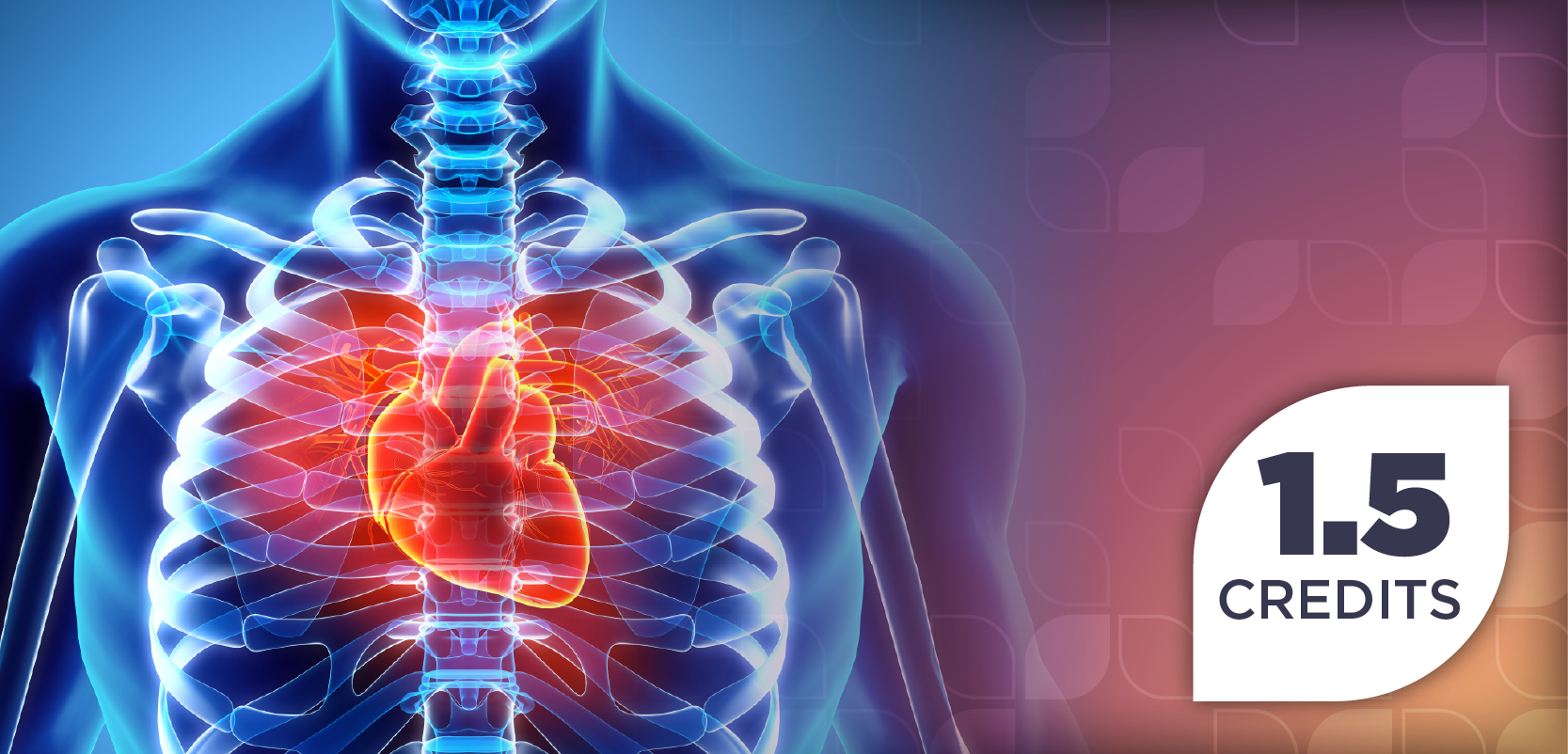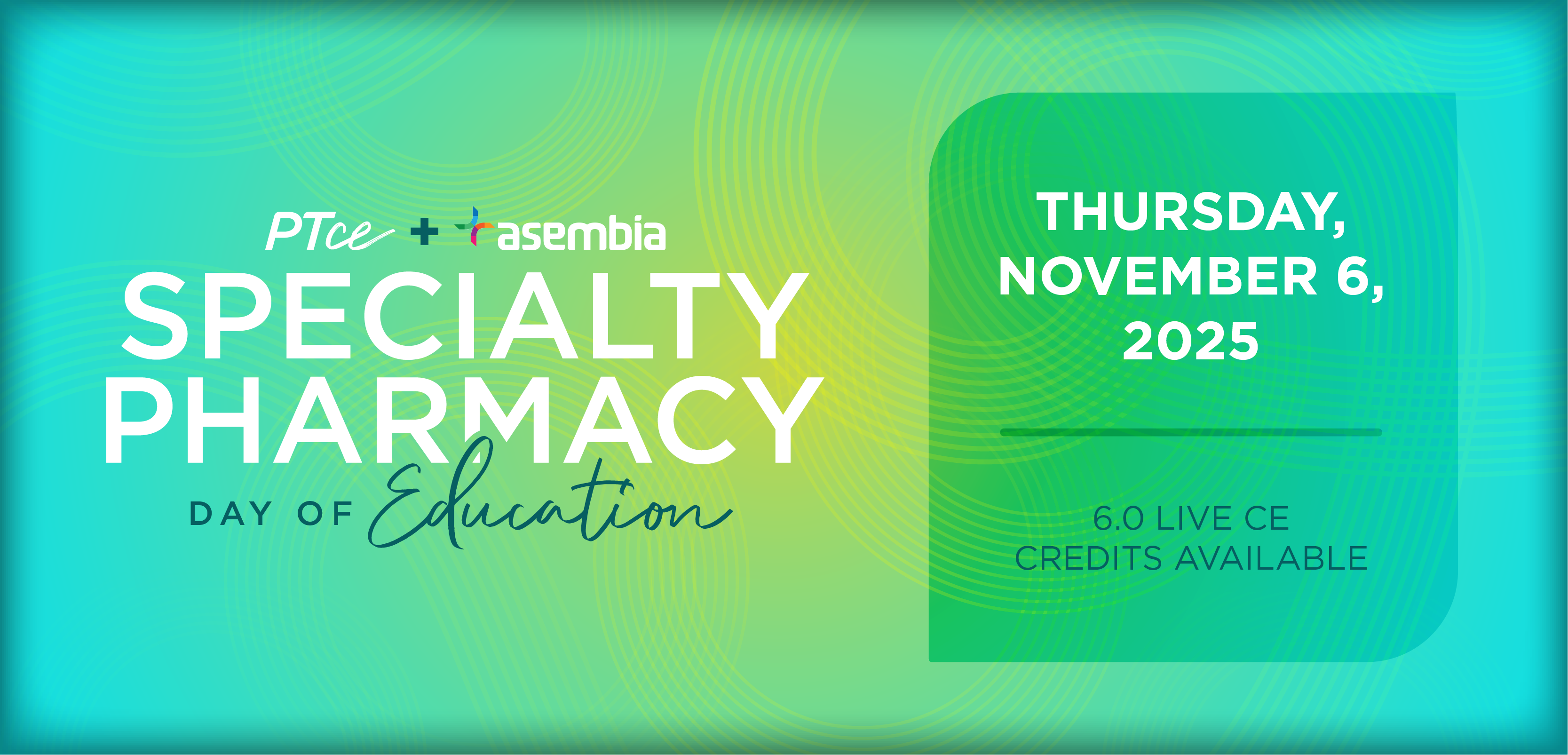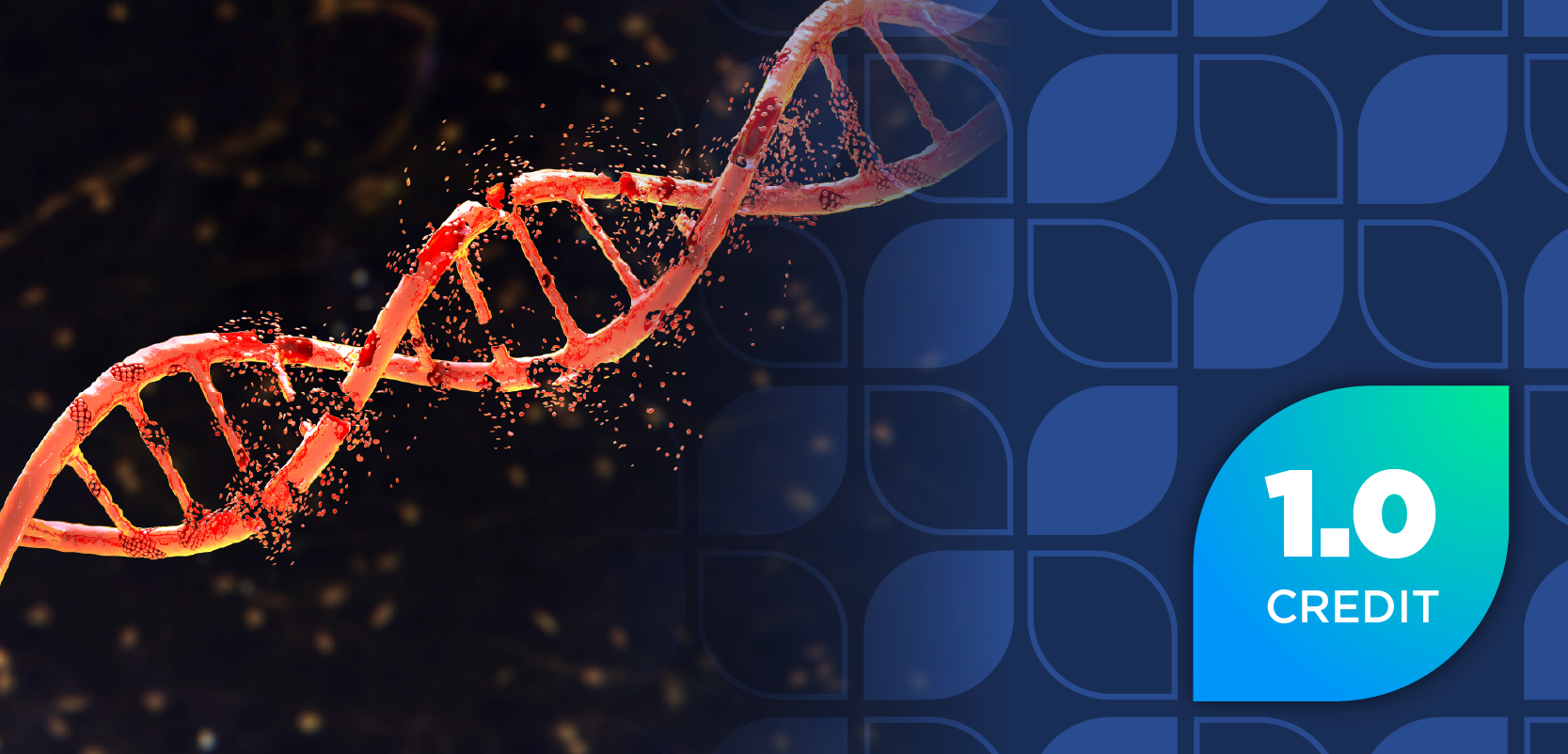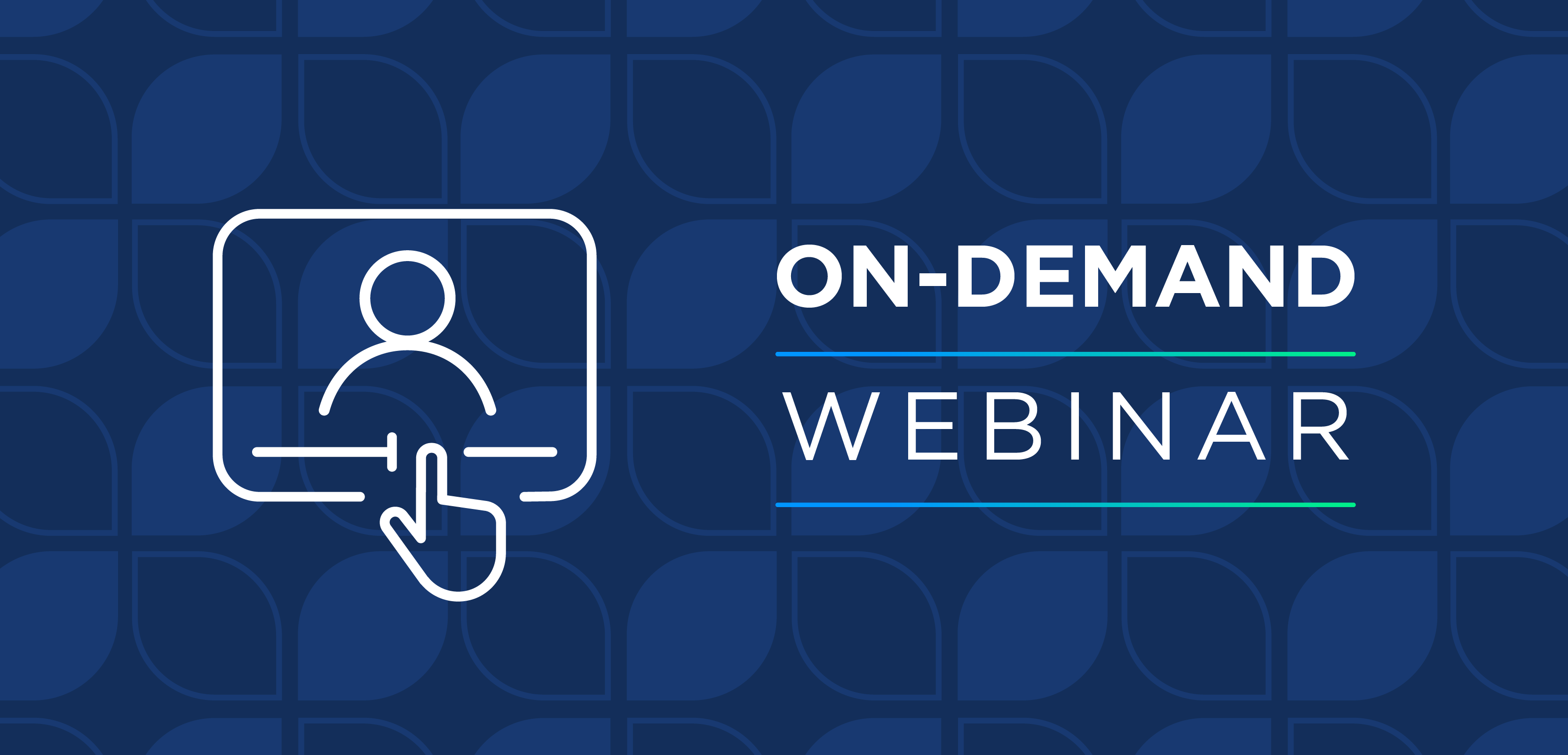
Planning, Implementing Walgreens’ COVID-19 Vaccination Program at Long-term Care Facilities
Pharmacy Times® interviewed Rina Shah, PharmD, group vice president of pharmacy operations and services at Walgreens, on the first wave of COVID-19 vaccine administration at long-term care facilities across the country.
Pharmacy Times® interviewed Rina Shah, PharmD, group vice president of pharmacy operations and services at Walgreens, on the first wave of coronavirus disease 2019 (COVID-19) vaccine administration at long-term care (LTC) facilities across the country.
In this discussion, Shah explains what was involved in planning and implementing Walgreens’ COVID-19 vaccination program, how communication with individual pharmacies was managed, where residents and staff of LTC facilities were vaccinated, and how patients responded to the vaccination process during this initial wave.
Alana Hippensteele: So Rina, Walgreens was part of the first wave of COVID-19 vaccines that began in late December with the vaccination of residents and staff at long-term care facilities. What was involved in this enormous task of planning and implementing this vaccination program, and how was communication with individual pharmacies managed in its rollout?
Rina Shah: First of all, thank you so much for having me. You know, it's been quite an experience over the last couple of months as we've been planning and preparing to help support vaccinations to the long-term care facilities, but then also being able to help support our patients and our customers as more vaccine becomes available.
As you can imagine, this has been a monumental effort, and myself and everyone at Walgreens is incredibly proud and humbled to be a part of history in being able to really undertake this extremely complex situation to help support those that are the most vulnerable of getting the virus.
So, as you mentioned,
Over the next 7 days, we have around 5000 clinics that are scheduled, and ultimately getting it to the point where we're able to support all the facilities that we have, for both skilled nursing facilities as well as assisted living facilities.
From a communication standpoint, we are communicating not only to the facility, so we are communicating to our field leaders, our staff members, our team members, and they're the ones that are talking to the facilities to ensure that there's an end-to-end process—not only what they need to do to prep for the clinic, but then also what to plan for the clinic too, as well as we are having a third clinic at these facilities in case there were any individuals that we may have missed.
Alana Hippensteele: Were residents and staff primarily vaccinated at the long-term care facilities themselves or were Walgreens pharmacies also locations for vaccinations?
Rina Shah: So, right now the current program is in accordance with CDC guidance, and so the CDC has set up this pharmacy partner program in which Walgreens and other pharmacy partners are having our team members, our pharmacists, and technicians, as well as other team members, going on-site to the skilled nursing facility and other locations on-site to administer vaccinations for both residents and for their staff members.
Ultimately, our goal is that we immunize all of them between the 3 clinics. As states expand inventory and inventories available at our stores, then we will be able to offer vaccinations at our stores to additional eligible populations, may it be those that are 75 and up or essential workers, but that's all dependent on when the state activates that program.
Alana Hippensteele: How did patients respond to the vaccination process during this initial wave of COVID-19 vaccinations at these facilities?
Rina Shah: You know, it's been absolutely incredible. I was at a site last week, and as individuals were getting their vaccine, you had residents and staff members cheering on every individual that was getting a vaccine because it was a sense of excitement and hope that many individuals haven't had in a very long time.
We had an individual, a husband, who hadn't seen his wife, both of them at a living at one of the facilities, and they've been seeing each other through a glass barrier for the last 3 to 4 months because of the risk of COVID-19 transmission. So, getting the vaccination is a sense of hope where they can hug each other and be with each other again.
So, not only has it been incredible from an emotional standpoint, but as a clinician myself, it's been great to see the importance and the value that our pharmacists and our technicians are bringing to provide this type of service and vaccination to these communities, and especially those that are the most vulnerable of getting sick.
Newsletter
Stay informed on drug updates, treatment guidelines, and pharmacy practice trends—subscribe to Pharmacy Times for weekly clinical insights.

